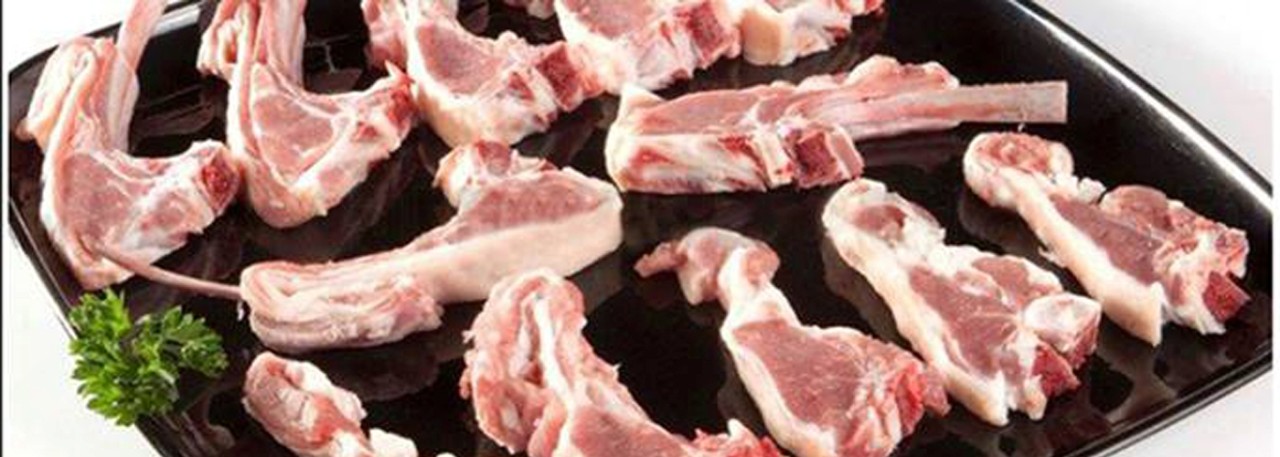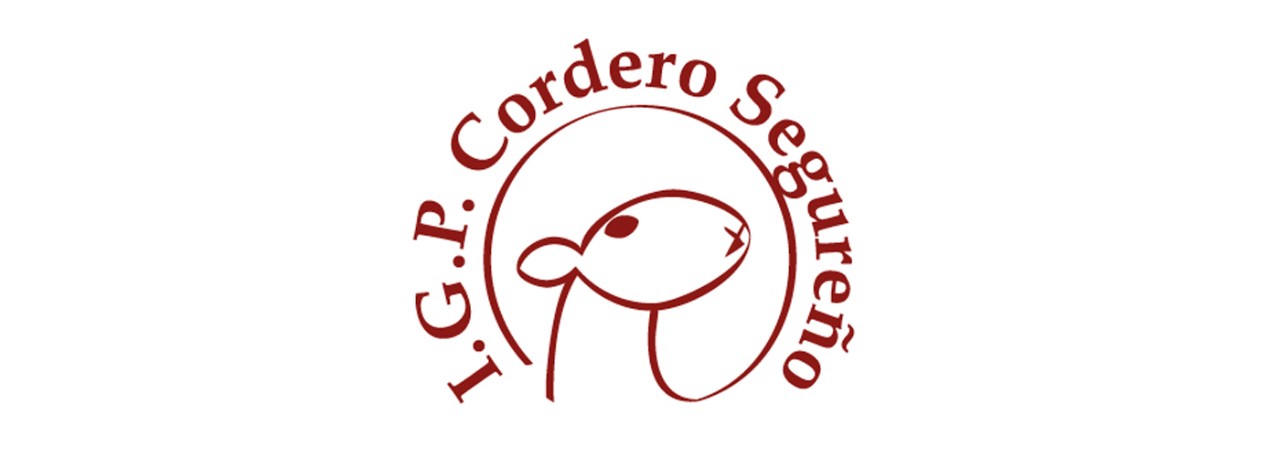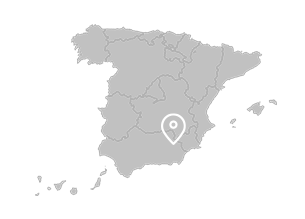.png.transform/rendition-xs/image_image%20(1).png)
Cordero Segureño PGI
Meat sold as dressed carcass, side carcass or in butchered parts either with or without bone, or in smaller cuts and joints for sale to consumers, obtained from lambs (male or female) whose mothers and fathers are from the Segureño breed.
Tasting notes
Carcasses are of low weight at the time of slaughter, which favors the predominance of a particular kind of muscle fiber that gives the meat a pale pink or pink color, typical of this kind of lamb, as well as an odorless meat that does not taste of fat.
The same is true for the quantity and type of fat in the carcasses and the meat. This means that the amount of covering fat and fat in the pelvic and kidney area of the carcasses depends largely on their weight. An increase in weight of the carcasses would also result in increased fat levels, with a higher tendency in female lambs. Another fact to bear in mind in respect of the type of fat is that both the breed of lamb and the type of muscle fiber in the muscle tissue guarantee that the meat has optimum levels of fat infiltration, producing a juicy and tender texture.
Other notes
Characteristics of the carcasses:
Weight of the complete dressed carcass, minus head and internal organs: 9.0-13.0 kilos. (after the chilling period).
Presentation: dressed carcass, minus head and internal organs, properly slaughtered and bled and with no defects. Classification of the carcass: Categories B and C, prime quality, according to the European Scales for the Classification of Beef, Pig and Sheep Carcasses (Commission Regulation EC 1249/2008).
Carcass conformation: Conformation Class R and O according to the European Scales for the Classification of Beef, Pig and Sheep Carcasses (Commission Regulation EC 1249/2008).
Fat: Fat covering on the carcass: Ratings of between 2 and 3 according to the European Scales for the Classification of Beef, Pig and Sheep Carcasses (Commission Regulation EC 1249/2008).
Kidney and pelvic fat: Rating from 1 to 2 in males and from 2 to 3 in females, according to the European Scales for the Classification of Beef, Pig and Sheep Carcasses (Commission Regulation EC 1249/2008).
Production / Processing method
The area's characteristic features, as described above, have resulted in the production methods for Segureño breed sheep being adapted to include a set of distinctive handling procedures owing to the harsh climate conditions, and the animals are reared in an extensive or semi-extensive grazing regime, with a mixed type of livestock system of sheep/natural pasture and sheep/cereal, involving the use of traditional practices. Adult animals are kept on a grazing regime throughout the year, spending the night in the sheepfold or in some cases out in the countryside. The animals are grazed on spontaneous vegetation that grows in the area, as well as cereal stubble and fodder legumes. Occasionally the sheep will be grazed on permanent irrigated meadows, making the most of what the production area has to offer in each season. Grazing can be complemented when necessary by the addition of food supplements. A small number of farms practice transhumance or transterminance, moving their flocks long distances to traditional temporary pastures. These areas are always within the defined geographical boundaries of the PGI.
Equally, traditional rearing methods for these lambs are determined by farming and climate conditions and by the availability of suitable food resources. This has meant that while they are being reared and fed, these lambs remain permanently in rearing pens and do not accompany their mothers to grazing pastures. The lambs are basically fed with ewe's milk specifically destined for this purpose, and their diet is supplemented by products rich in fibre and edible plant supplements until they are taken to slaughter. Segureño lambs are relatively early developers due to the milk-only diet they get from their mothers, whose sole purpose is to feed their young.
These lambs traditionally produce carcasses weighing between 9 and 13 kilos, very well conformed as the breed is the determining factor in their conformation, with pale pink or pink colored meat and with optimum levels of fat covering and infiltration.
Geography / Relief and climate
The rugged and extensive area of countryside where the provinces of Albacete, Almería, Granada, Jaén and Murcia converge makes up the production area for Segureño sheep, including the areas into which livestock is traditionally moved to make the most of seasonal pastures. This area is at an altitude of 500 meters and has similar landscape and climate conditions as well as common production methods.
In terms of the typical features found in the south-east of Spain, altitude plays a major role in the production area, resulting in distinctive and very harsh farming and weather conditions. The climate is an extreme continental type, with cold, tough winters and hot, dry summers, with marked temperature differences from one day to the next and scarce, irregular rainfall. This, coupled with poor soils, mainly brown calcareous and in many cases degraded, is a determining factor in the pasture growth period, which is very short every year.
These conditions make up a particular ecosystem, which has been a determining factor over time in its inhabitants' way of life and how they subsist, mainly through livestock grazing. The particular farming and climate conditions in the geographical area have meant that sheep, and specifically Segureño breed sheep, are practically the only animals that can thrive and be productive under these circumstances.
Regulatory Council
Asociación IGP Cordero Segureño
Polígono de la Encantanda, s/n
18830 Huéscar (Granada)
Tel.: (+34) 958 741 316
info@igpcorderosegureno.com
ancos@ancos.org
http://www.igpcorderosegureno.com/la-igp/organo-de-gestion/
Sources:
These lambs remain permanently in rearing pens and do not accompany their mothers to grazing pastures while they are being reared and fed.


- /content/dam/en/icex-foodswines/images/products/fresh-meat/cordero-segureño-pgi/Cordero%20Segureño%20PGI%20carr1.jpg
- /content/dam/en/icex-foodswines/images/products/fresh-meat/cordero-segureño-pgi/Cordero%20Segureño%20PGI%20carr2.jpg

Huéscar (Andalusia)
